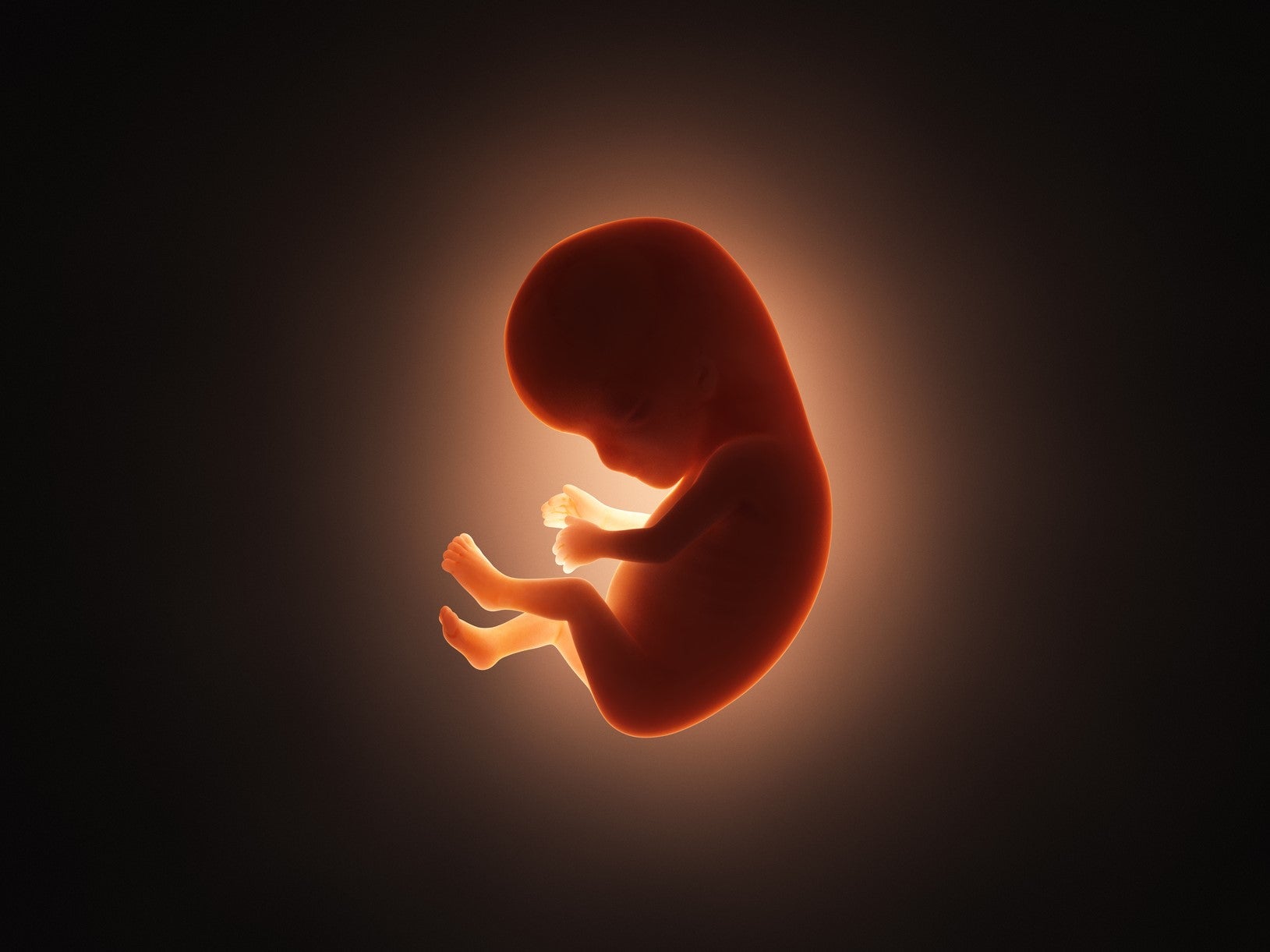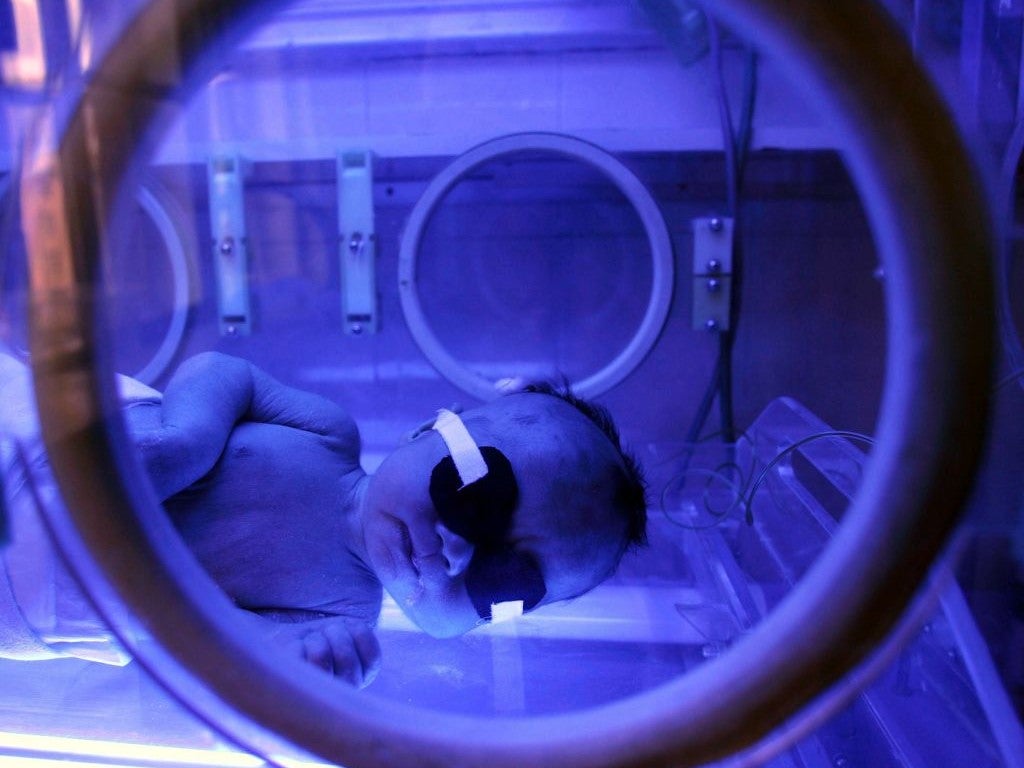Chinese scientists build robot nanny to care for babies in artificial womb
Researchers say technology could help with imminent population crisis, with birth rates in China at their lowest level in six decades

Your support helps us to tell the story
From reproductive rights to climate change to Big Tech, The Independent is on the ground when the story is developing. Whether it's investigating the financials of Elon Musk's pro-Trump PAC or producing our latest documentary, 'The A Word', which shines a light on the American women fighting for reproductive rights, we know how important it is to parse out the facts from the messaging.
At such a critical moment in US history, we need reporters on the ground. Your donation allows us to keep sending journalists to speak to both sides of the story.
The Independent is trusted by Americans across the entire political spectrum. And unlike many other quality news outlets, we choose not to lock Americans out of our reporting and analysis with paywalls. We believe quality journalism should be available to everyone, paid for by those who can afford it.
Your support makes all the difference.Scientists in China have created a robotic artificial intelligence system to monitor and care for human embryos growing in artificial wombs.
The AI robot is being developed as a potential solution to population growth problems in the world’s most populous country, with birth rates recently falling to their lowest level in six decades.
Researchers at the Suzhou Institute of Biomedical Engineering and Technology in China’s eastern Jiangsu province developed the robot to undertake the labour-intensive task of observing, documenting and manually adjusting the carbon dioxide, nutrition and other environmental inputs.
It is also able to rank embryos by their development potential, according to the South China Morning Post, who first reported on the device.
A research paper published in the Journal of Biomedical Engineering described how the robotic nanny has already been used to nurture animal embryos within an artificial womb environment.
“There are still many unsolved mysteries about the physiology of typical human embryonic development,” the paper stated, adding that the technology would “not only help further understand the origin of life and embryonic development of humans, but also provide a theoretical basis for solving birth defects and other major reproductive health problems.”
According to the paper, the system allows the foetus to grow more safely and efficiently than it does within the natural setting of a woman’s womb.

The technology is evocative of the mechanical nanny described in the short story Dacey’s Patent Automatic Nanny from the acclaimed 2019 collection Exhalation by Ted Chiang.
In the story, a child raised exclusively by an automatic nanny grows up to be incapable of interacting with other humans.
While the Chinese researchers have proved that the technology could be used safely for the development of embryos, there are still legal obstacles in place that would prevent it from being used on human foetuses beyond two weeks of development.

Join our commenting forum
Join thought-provoking conversations, follow other Independent readers and see their replies
Comments